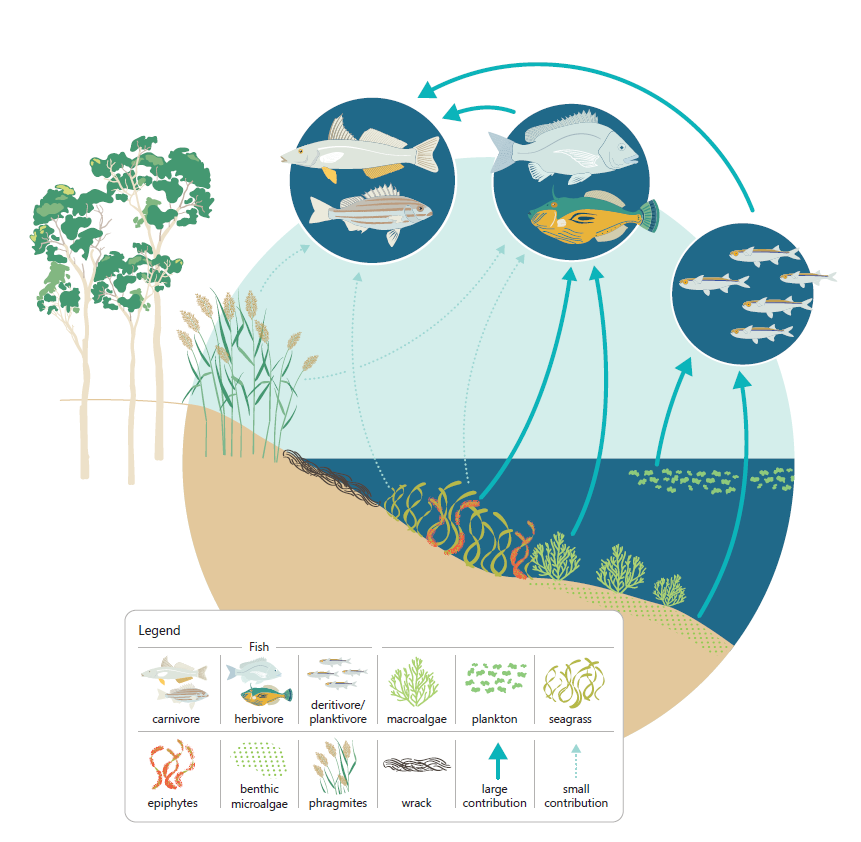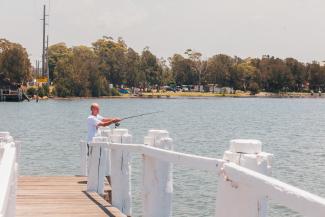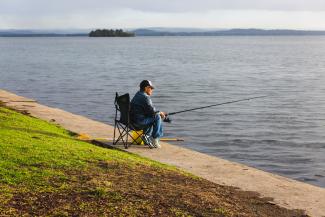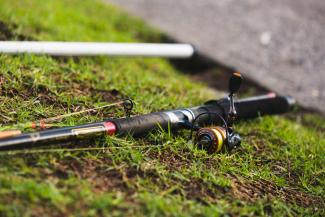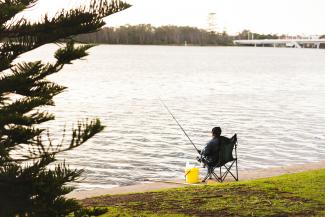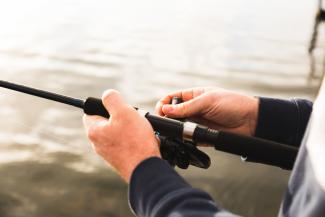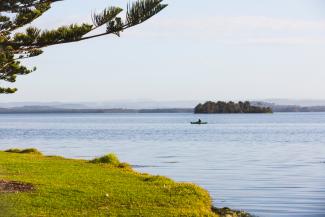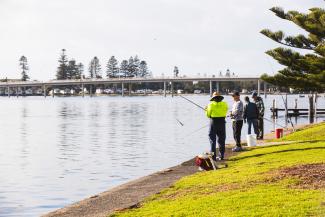The Central Coast is famous for some of the best fishing locations in Australia. Our lakes and rivers are teeming with fish, and recreational fishing is still a major hobby enjoyed by both locals and visitors to the area. There are plenty of exciting locations across our region that allow anglers to catch a wide range of fish – from Bream, Luderick, Flathead and Whiting to Spanish Mackerel and Australian Salmon closer to the ocean. We recommend that everyone should practise safe and responsible fishing to lessen the environmental effects humans have on our wildlife's natural habitats.
Species Distribution
Habitat for Various Species
The Central Coast region supports a wide range of ecosystems with varied living conditions, from oceanic reaches to sandy beds, seagrass meadows and riverbeds with a woody structure. This diversity of habitat creates the perfect environment for a unique distribution of species. Some choose to live close to the mouth of the estuaries, as it gives them access to saltwater and tidal range. For example, a flathead often prefers sandy-based areas near seagrass, while a bass likes to find shelter in the water, near trees and rocks.
Affected by Salinity
The level of salt in water has an impact on the living preferences of local fish. As the Tuggerah Lakes estuary system is not tidal for most of the year, its water can grade from very salty to very fresh. The varied salinity levels propel some aquatic animals to change their activity patterns and move frequently from one place to another.
The Intricate Food Web
Tuggerah Lakes has long been recognised for its variety and abundance of fish. If we want to preserve these numbers, we have to make sure the lakes' environment stays in balance. Under water, there is an intricate food web that needs to be protected. At the bottom of the food chain, there is algae, a primary source of sustenance for many species. It is eaten by tiny crustaceans and invertebrates – snails, worms, crabs, and crayfish, which later become a meal for various smaller and bigger fish and birds. As keepers of the natural order, we need to protect this delicate food cycle to make sure every single part of the ecosystem has plenty to eat.
Responsible Fishing
Undersized Fish and Bag Limits
Responsible fishing helps to protect local fish stocks on the Central Coast that all recreational fishers enjoy. Any fish that is kept needs to be of a legal size. In NSW, there is a strict set of rules that apply to recreational fishing in public waters, including NSW Recreational Fishing Fee requirements, fish sizes and bag limits. It is a legal offence to not adhere to these rules.
Visit the DPI website for all details on bag limits and legal fish sizes.
How to Fish Responsibly?
- Ensure litter, including food containers, plastic bags and fishing lines, are placed safely in the bin right after your fishing activity. Tangled fishing lines and hooks are dangerous to birds and other animals living in the waterways, as they pose severe choking and entrapment hazards.
- Always keep a close eye on your fishing lines to make sure no innocent wildlife gets caught in them by accident.
- Cut all discarded fishing lines into small pieces before you place them in a bin. Birds and other animals often scavenge through rubbish bins and can get entangled in the lines.
- In a bid to leave our waterways pristine and enjoyable for everyone, don’t leave anything behind – no food or other waste. Remember: whatever lands on the ground, ends up in our waterways.

